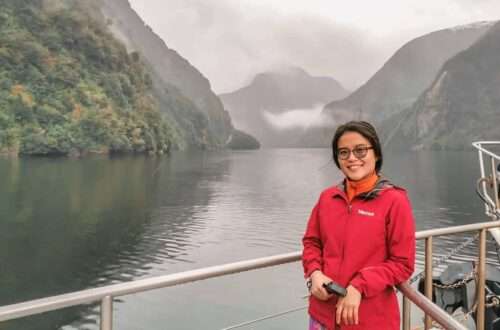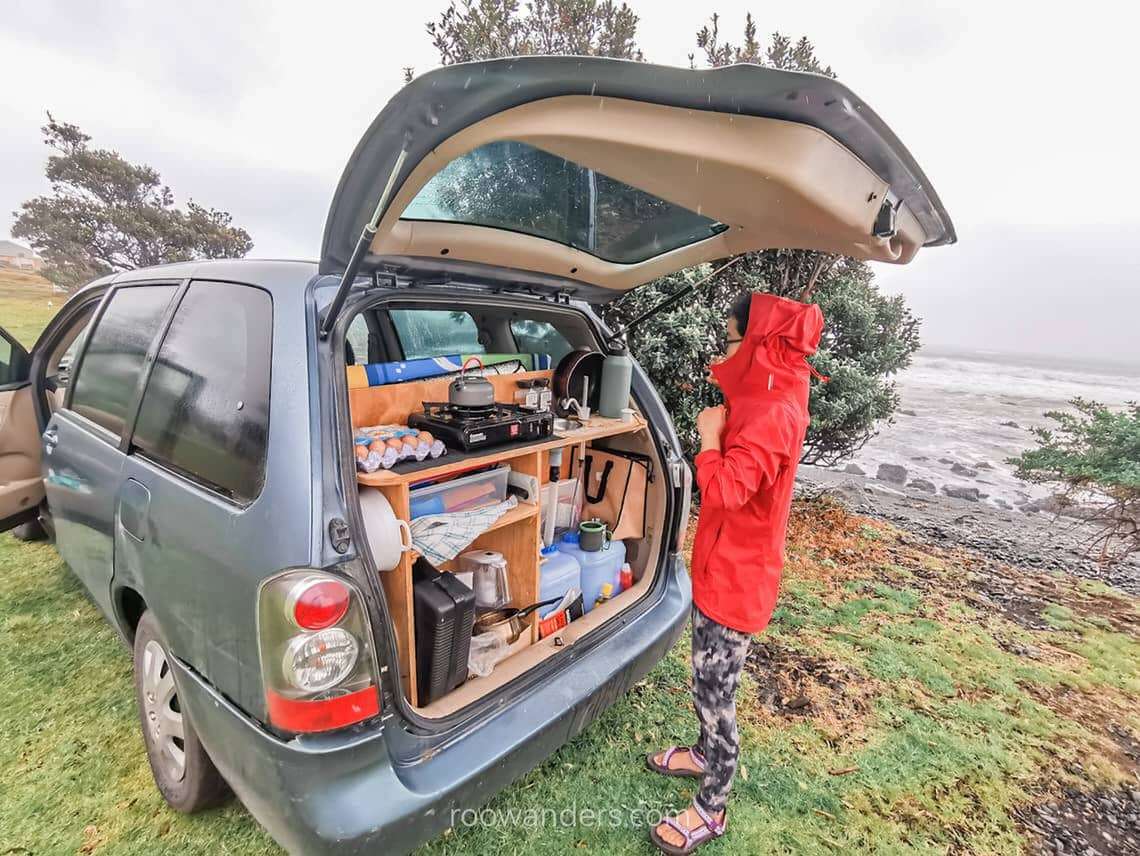
Getting Around New Zealand | Car Purchase Guide
There are a variety of methods to travel in New Zealand as working holidaymakers.
Having a vehicle at your disposal is the easiest and most convenient mode of travelling. You decide your destination and time.
But the costs of getting a car and the maintenance that comes with it can add up. Besides, driving may not be on the cards for everyone.
What are some ways to travel in New Zealand as a Working Holidaymaker? And what should someone look into to own a car in New Zealand?
I will try to answer your questions here.
I travelled extensively in New Zealand on a Working Holiday Visa from 2020 to 2022. This post may be updated periodically.
Travelling in New Zealand
The working holidaymaker is not in New Zealand as a tourist. The person will live in the country like a local – going to work, visiting the supermarket, heading to the mountain, the beach, and that chic cafe by the hill for brunch.
By Car
Driving in the country is the best way to travel. You can travel anywhere on a whim. Drivers in New Zealand are generally courteous and cautious compared to drivers in most Asian countries. Friends and relatives like to say New Zealand is great for amateurs to practise driving.
I beg to differ, it is not always the case! Driving in the dark in a foreign land is very dangerous (links to news of a deadly accident in New Zealand involving 3 Singaporeans).
Driving in The City
Driving in big cities like Auckland and Wellington can be intimidating for the larger volume of cars and complicated expressways.
Driving on The Hills
Driving on the hilly or mountainous roads of places like Coromandel, Akaroa, or Takaka could be scary for those not used to driving on hairpins, slopes and curves.
Driving in Winter
The changing seasons are a challenge for drivers as well. You do not want to encounter black ice in winter.
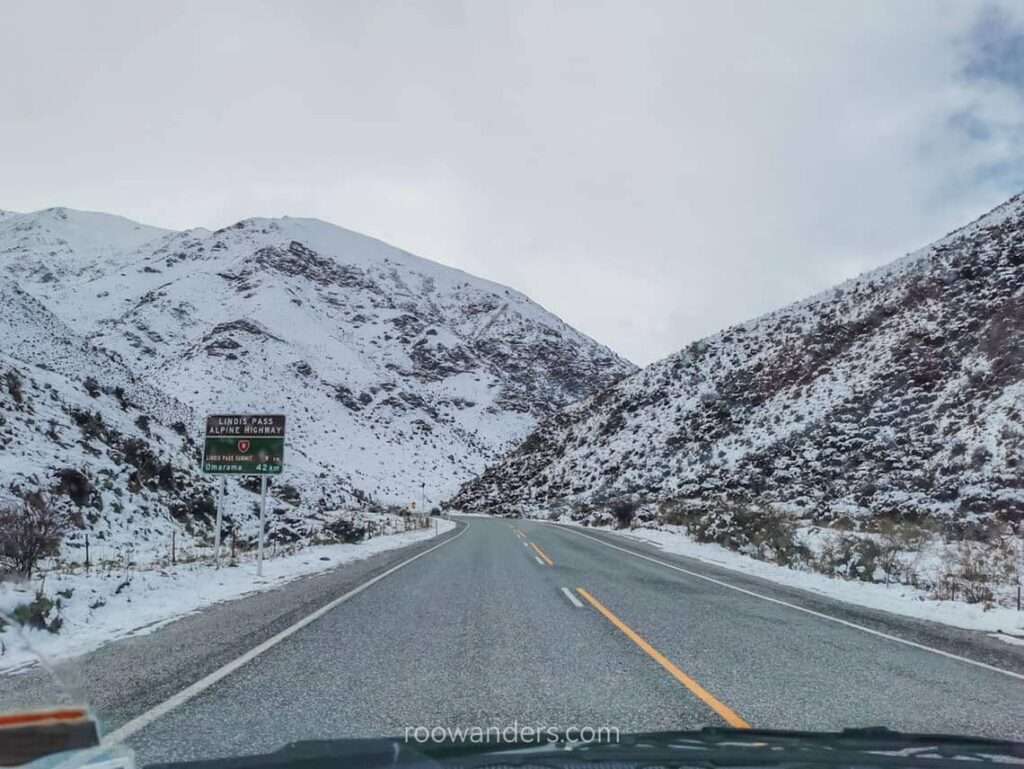
Long Distance Driving
Long-distance driving is toiling to concentration. Accidents caused by sleepiness or lack of attention are not uncommon on highways. I was a victim of one. Accident prevention posters on the toilet doors of several attractions on the South Island reinforce the importance of rest.
Hitch-Hiking
Choose to hitch-hike as you travel, find friends or meet up with people on Facebook or Trademe to carpool. Or buy your vehicle.
Short-Term Rentals
Those who could legally drive but do not want to own vehicles could consider short-term car rentals or offer to help rental companies relocate their vehicles for free. You could potentially score a few free nights in a camper to travel in New Zealand!
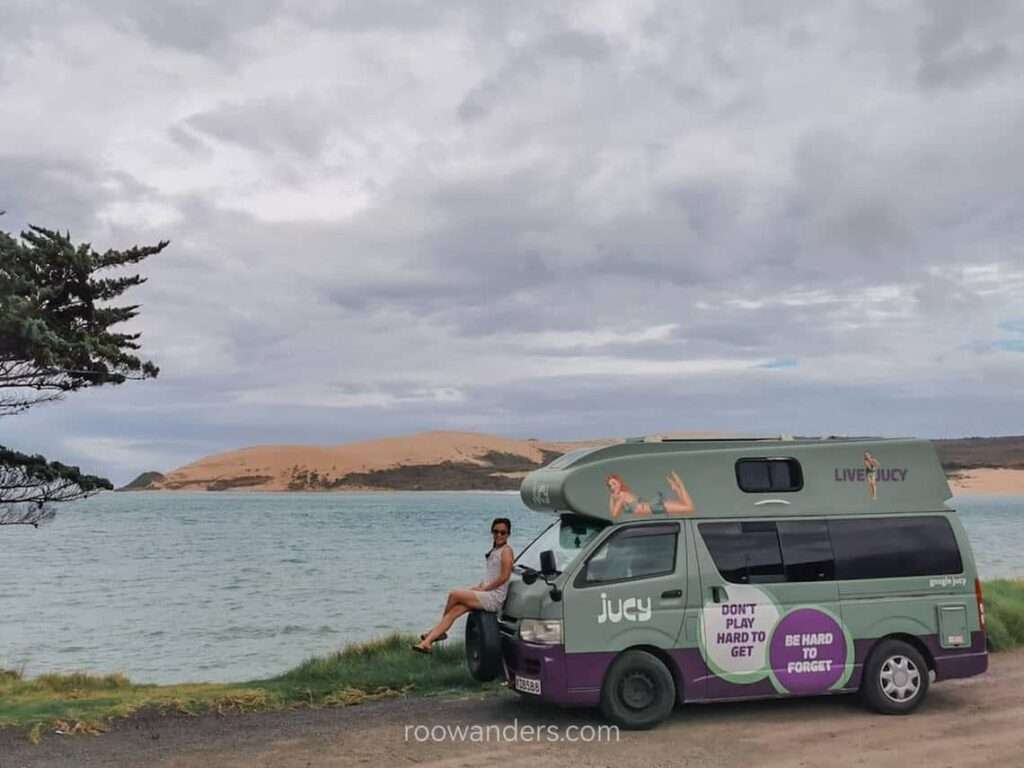
By Bicycle
New Zealand is a great place to cycle. There are designated cycle paths in towns and cities.
You could even give up cycling halfway and peg your bicycle onto a public bus.
Buying one, however, is expensive.
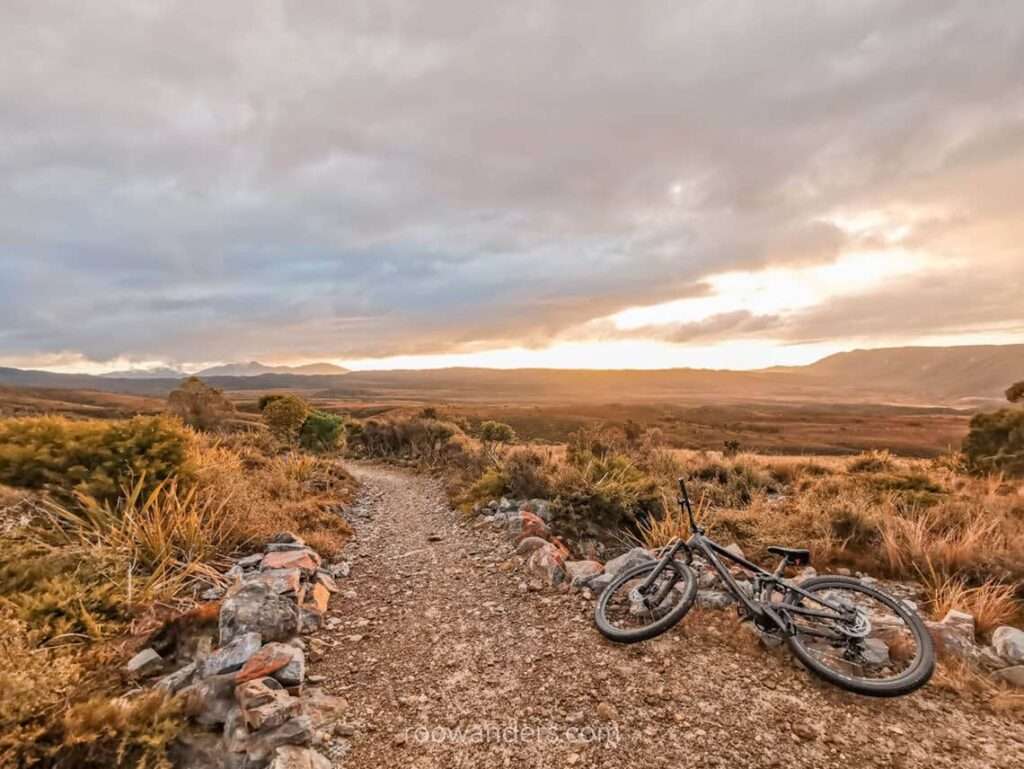
By Public Transport
Cities have transport systems with relatively affordable travel fares. The only downside is the waiting time.
Buses ply the roads daily for cross-country or intercity travel. Ticket prices go up during peak period travels and last-minute purchases.
There is also the option of domestic air travel.
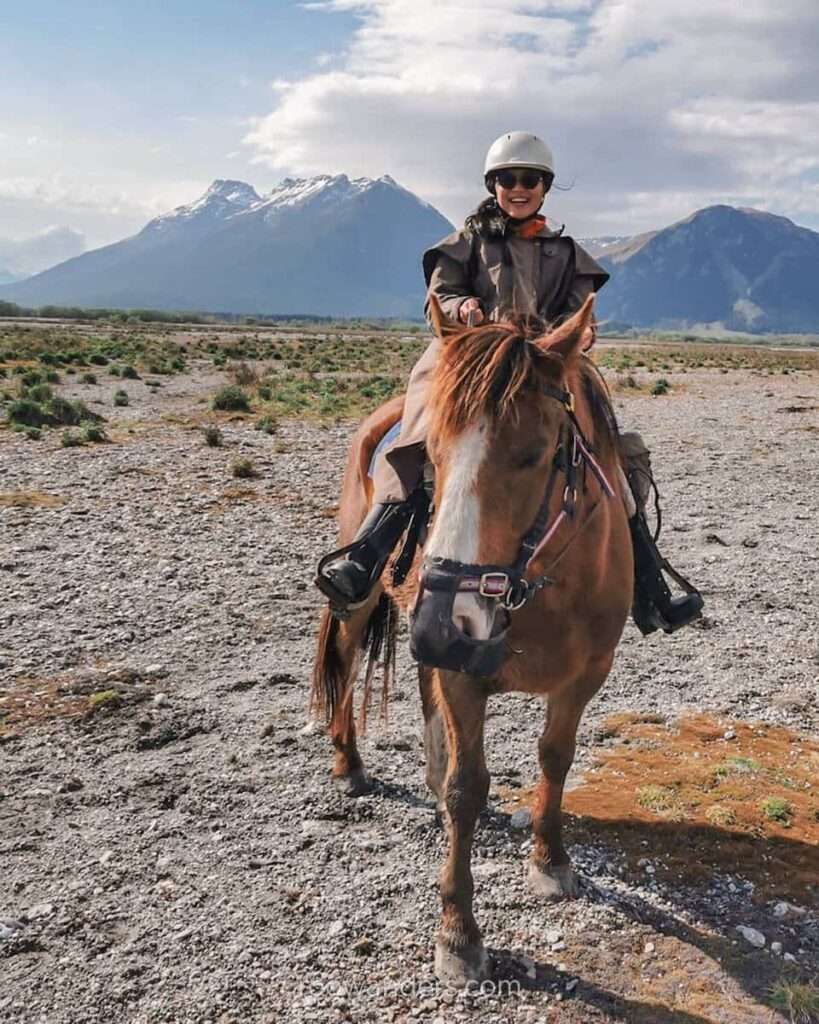
Buying a Car
Purchasing a second-hand car in New Zealand is easy.
Some cars could cost less than a smartphone. But cheap cars are rarely risk-free and may have several hidden problems.
Where to Look
Facebook Marketplace, certain Facebook groups for working holidaymakers, and Trademe – New Zealand’s largest auction channel – are online platforms to look for your vehicle.
Most postings provide information regarding the car’s last service, recent repair works, and expiry dates for the warrant of fitness (WOF) and vehicle licensing (Rego). Sometimes, additional perks/ benefits that come with the purchase, e.g. free fishing rods, free cooking utensils, free camping gear, etc – items from working holidaymakers hoping to sell their cars asap before leaving the country.
A Car in Sight!
Once you have your sights set on a car, check if the vehicle is legal (not reported as stolen) or has any outstanding debts from CarJam or the New Zealand police. I heard an anecdote of someone buying a high-end car only to find out it was a company vehicle reported missing days ago.
Meetup
Arrange for a meetup. Test drive the car and thoroughly check its condition. Consider driving it at 90 – 100 km/h on a highway, assess its brakes, and check the aircon/ heating system. Look for oil leakages around its engine, and check the engine oil – is it clear? Black with sediments is a bad sign. Inspect the coolant and the battery. Are the tires tread deep (~5 mm)?
Warrant of Fitness (WOF)
Look at the WOF. Cars made before 2000 have to pass WOF every six months, whereas those made after 2000 do it once a year. If the WOF is due to expire within a couple of months, consider negotiating with the seller to pass the WOF before purchasing the car. WOF is often tricky to pass, and it would be disastrous to find your car lacking in certain safety measures after the purchase. You may have to fork out more cash to remediate the car, sometimes much more than the cost you’ve paid to purchase it.
Inspection
With the pre-assessment completed, request to send the car for inspection, which you can schedule with any automobile shop. Some sellers may not like the hassle, but it pays to buy a less problematic car at the start. You could skip this step if the WOF is recently updated.
Vehicle Licence (REGO)
Check the REGO. Is it expiring soon? REGO is like road tax, and you could be fined for not keeping your REGO up to date. Expired REGO needs to be updated, and payment for this backtracked to its last valid date. Consider this as one of the items to haggle.
Payment
Depending on the proceedings, you may now find yourself with a decent car. Don’t hold the seller for too long; other interested buyers are eyeing it too.
Arrange to pay by bank transfer, and remember to change the car ownership at the post office as soon as you can.
Voila! Take the time to get used to the car and drive safely.
Self-Contained
For those looking to buy a self-contained vehicle, make sure you’ve checked the validity of the self-containment certification and if the vehicle meets the standards. According to the official freedom camping website of New Zealand, you have to be able to ‘live in your vehicle for three days without getting more water or dumping waste’. The vehicle must contain a (1) portable toilet, (2) freshwater storage, (3) greywater storage, and (4) a rubbish bin with a lid.
There have been new changes to self-contained vehicles and freedom camping. From now till 7 June 2025, Blue warrant-certified campers with a portable toilet are still eligible for freedom camp. However, if re-certification is needed after 7 June 2024, new requirements take place and a permanently fixed toilet is a must. All Blue warrants would be phased out by 7 June 2025 for the Green Warrants.
How I Travelled
The year I applied for the visa was the year I learned to drive in Singapore. It took me three months, lots of fear and stress and money.
That was the last of my practice until I was in New Zealand a year later. Owning a car is diabolically expensive in SG – the right to purchase and own one for ten years could cost SGD 90K, on top of the price of the car.
For the first few months in New Zealand, I relied on public transport, carpooling and walking to get by in the city.
Figuring I ought to buy a car to practise and learn to be independent of others, I bought my first car in March 2020. A 1994 Honda Odyssey with corner sensors that incessantly beeped when the car got too close to objects. It was perfect for an amateur like me. But driving a 7-seater was scary, and I had to manoeuvre up and down a hill from Riwaka to work, often with at least an experienced friend in the car to boost my morale and make sure I was not a road menace.
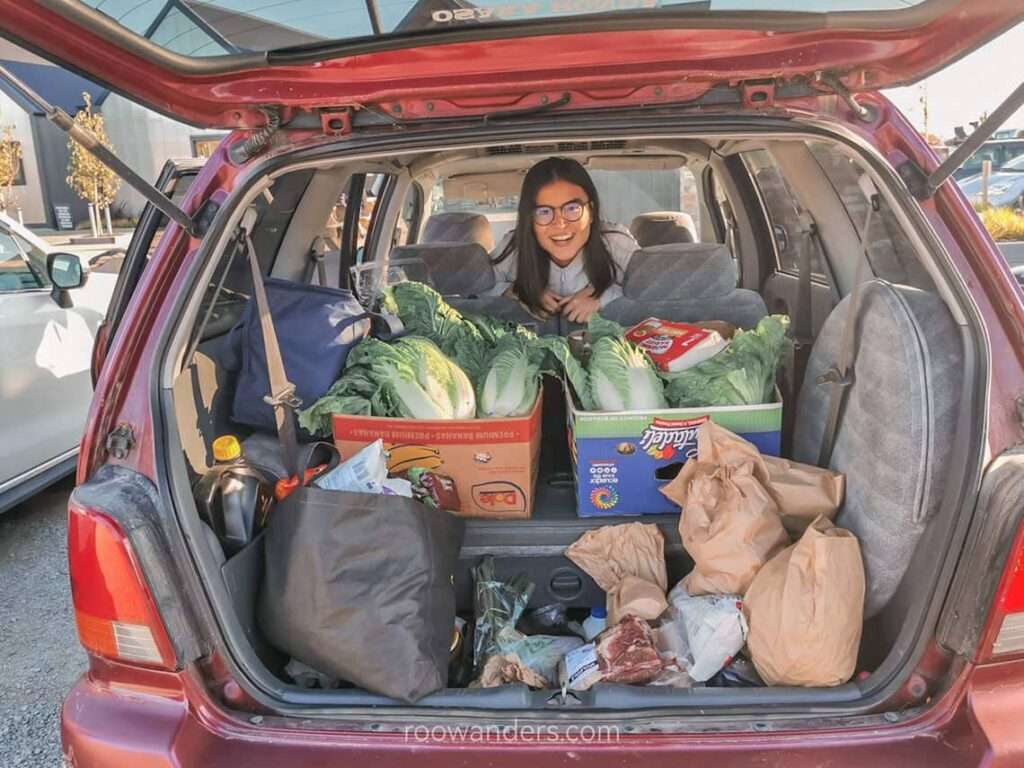
After three months of driving, I chickened out and let my partner do it. Driving was taxing and intimidating, and I was lazy. It could be fun if no cars were around me! The accident in Kaikoura in Jul 2020 put an end to my confidence in driving, for now.
We went through three cars within two years – his white 2002 Honda Odyssey (scrapped after the accident), my maroon 1997 Honda Odyssey (sold as we wanted self-contained), and our dusty blue 2004 self-contained Mazda MPV.
Car Insurance
The Kaikoura accident reaffirmed the importance of insurance. The automobile insurance company reimbursed the value of the scrapped car, on top of towing the vehicle, and getting us back on the road to our intended destination. Our car was also burglarized, but we had a personal insurance plan (I bought OrbitProtect) to sort it out.
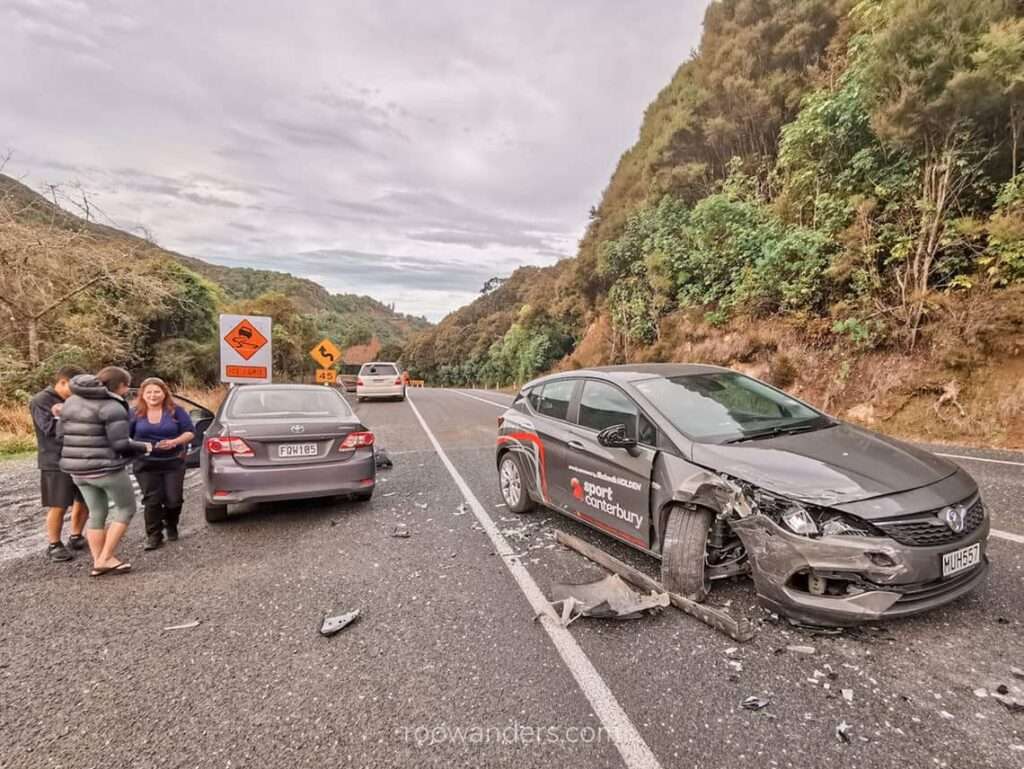
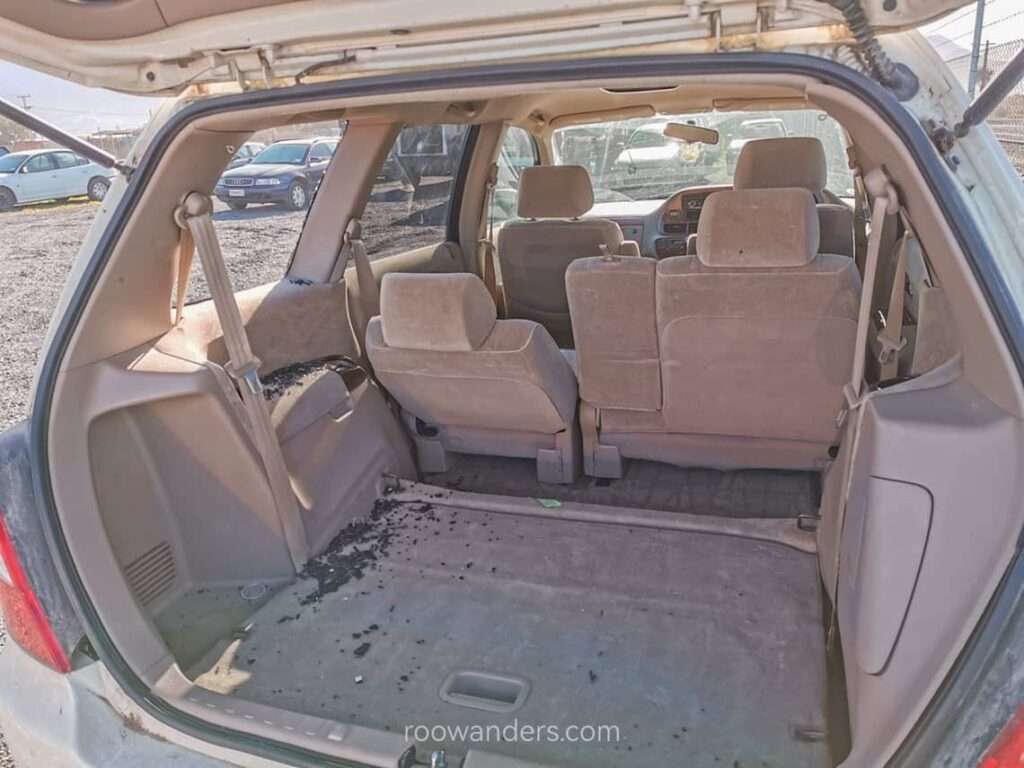
Second-hand backpackers’ cars do not cost much. But hitting someone’s swanky car could cost you a fortune.
Car Insurance in New Zealand
There are two automobile insurance companies I know of in New Zealand – AA and Ami. AA is the biggest and cheapest insurance company and what most backpackers go with.
Premiums are based on the value of the car, the area it is parked, and maybe the make and model. Buying a longer-term package saves a bit more in the long run.
If you are alright with losing your car, opt for at least 3rd party protection.
I went for the comprehensive package with additional coverage for the windscreen. Flying rocks from other vehicles are common in the countryside and could crack the glass.
In the event of an accident caused by others, your insurance company claims against the person’s insurance plan. Jot down their contact details and car plate numbers.
When that person is you, you pay the excess, which depends on the premium you have paid for the insurance coverage. Young drivers, inexperienced drivers and unlisted drivers pay more.
Driving Licence
Singapore’s driving licence is accepted in New Zealand. You could use it for up to a year. After which, you would have to apply for a New Zealand driver’s licence.
I am not familiar with the driver’s licence conversion or getting one from scratch. More information can be found here. According to friends who took their driving lessons in New Zealand, it could take a year to go from a Learner (L) to a Restricted (R) and finally to a full-fledged driver.
A learner can only drive with a supervisor beside them. Someone with a restricted licence could only drive within certain hours on their own.
Ending
That is all I could think of for now. Drop me a message if I have missed out on something. Travel safely and have fun in New Zealand!






